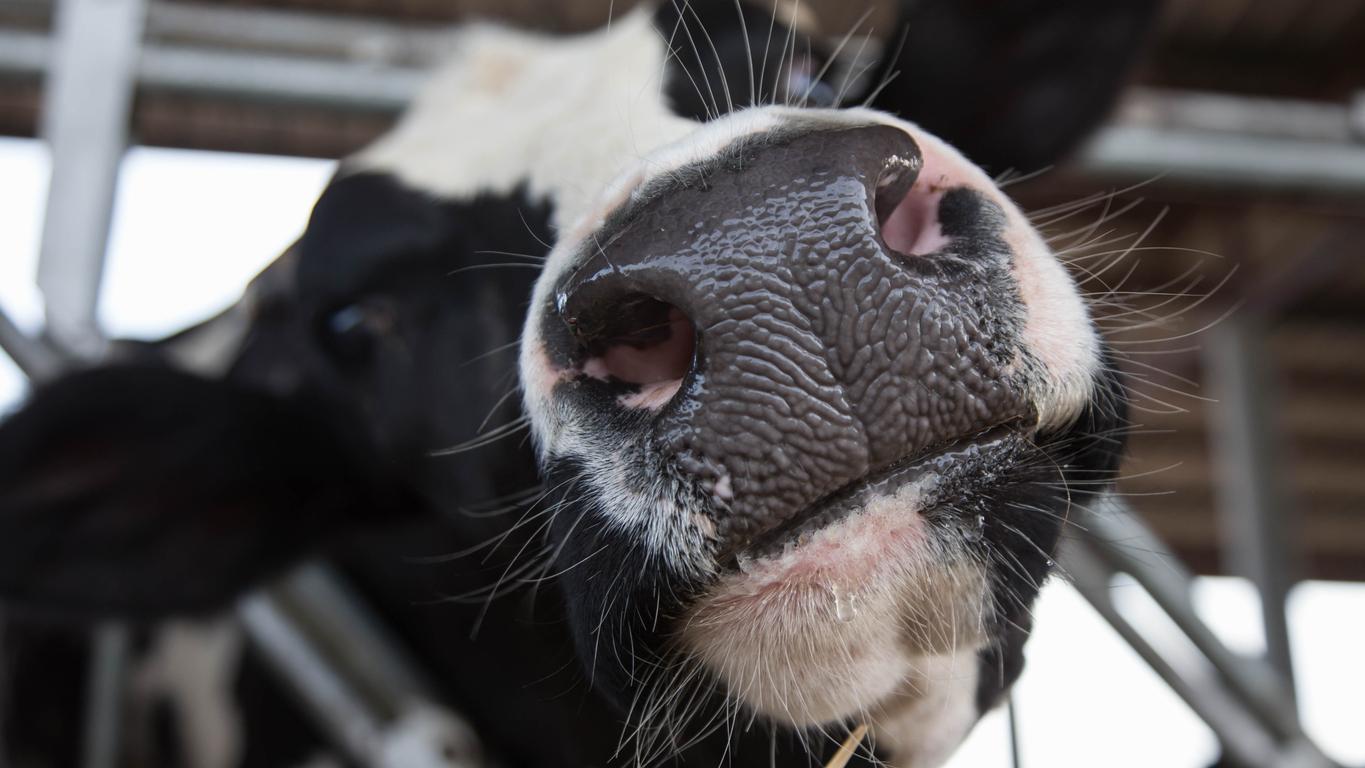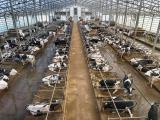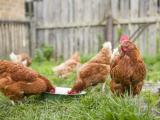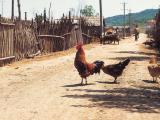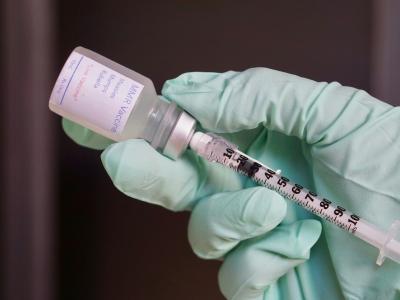Though H5N1 avian flu outbreaks on US dairy farms have declined sharply over the past several months, scientists are still sorting out how the virus spreads on farms, and new findings from California outbreak hot spots suggest that airborne spread and contaminated wastewater may play roles.
Researchers from Emory University and their colleagues from California, Colorado, Michigan, and Virginia recently published their findings from experiments on 14 dairy farms from two California regions in bioRxiv, a preprint server.
Few outbreaks have been reported over the summer, but sporadic H5N1 detections continue in dairy cows. For example, today the US Department of Agriculture Animal and Plant Health Inspection Service (APHIS) today reported one more, which involves a herd from California, raising the national total since early 2024 to 1,078 from 17 states. Of those, 771 of the detections have come from herds in California.
Infectious virus in air during milking
Early on in the outbreaks, contaminated milking equipment and direct contact with contaminated milk were thought to play major roles in the spread of the virus among dairy cows. As explosive outbreaks hit states like Colorado and California, research groups set out to get a fuller picture of how the virus spreads among animals and occasionally to people. For the new study, the group conducted extensive air, farm wastewater, and milk sampling from 14 of California’s outbreak farms across two different farming regions.
In the initial air sampling phase, the group used three different air-sampling devices, one of them an open-face polytetrafluoroethylene (PTFE) filter cassette worn on a backpack to model exposure to facility workers. On each farm, they collected aerosols and droplets from exhaled breath of individual cows or rows of cows, both within milking parlors during milking and within housing areas. Of 71 air samples tested for viral RNA in sampling of exhaled breath in milking parlors and housing areas, 6 were positive, including one from the open-face PTFE filter sampler.
Additional testing on nine more farms, including some in southern California, done within days of milk bulk tank positives, found H5N1 viral RNA in 21 of 35 air samples, with infectious virus found in 4 of the samples. “Together, these results indicate that H5N1 viral RNA can be found in the air on farms and conclusively demonstrates that infectious H5N1 virus is present in the air during the milking process,” the team wrote.
Wastewater as another source of spread
To look at wastewater as a potential transmission mode, the group collected samples of reclaimed wastewater on multiple farms, which included water used to clean milking equipment and dairy parlors and samples collected at drains, sump pumps, fields, and manure lagoons. “H5N1 viral RNA was detected at each point of the waste stream, including in manure lagoons that are widely used by migratory birds and in fields with grazing cows,” researchers noted.
Of samples with high viral loads, two wastewater samples yielded infectious virus. “These results demonstrate that H5N1 is prevalent in reclaimed farm wastewater sites across dairy farms and may serve as another source of H5N1 spread between cows, to humans, and to peri-domestic animals,” they wrote.
Lessons for outbreak investigations and mitigation
In other experiments, whole-genome sequencing on a subset of air and water virus samples found amino acid variants in several samples, including some with changes in the hemagglutinin segment that didn’t appear to be maintained. The group also observed on-farm differences in variants that the authors said might be useful for tracking intra-herd transmission patterns.
They sampled milk from individual udders to look for any patterns, which found a high prevalence of subclinical H5N1 infection and a heterogeneous distribution of infected quarters that maintained a consistent pattern over time. The team said their findings suggest multiple modes of H5N1 transmission likely occur on farms, which could include aerosols generated withing milking parlors and teat contact with contaminated water.
The findings support the need for multiple mitigations, including respiratory and ocular protection for farm workers, disinfection of milking equipment, treatment of contaminated milk and wastewater to inactivate the virus, and identification of infected cows, even those that aren’t showing clinical symptoms.
